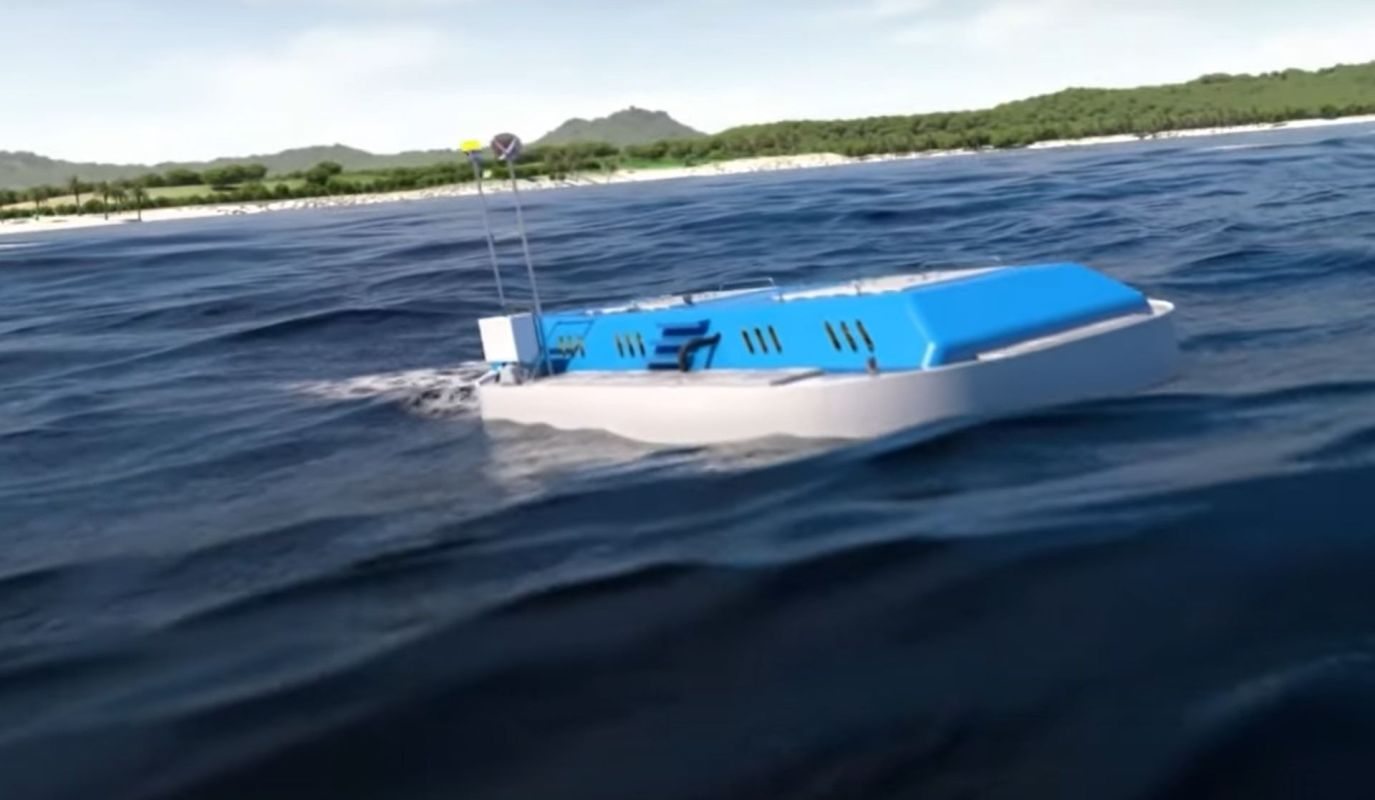Oneka Technologies is tackling water scarcity by harnessing the power of waves — turning ocean water into freshwater that can be used by the coastal communities that need it most.
Water scarcity is one of the greatest threats we face, as 1.1 billion people around the world do not have access to clean water, and more than 2.7 billion experience water scarcity for at least one month of the year.
The Council on Foreign Relations considers increasing water scarcity a major risk to human health and development with worrying geo-political consequences. As temperatures rise, worsening water stress could drive tensions between nations to secure enough supply for drinking, sanitation, and agriculture. UNICEF estimates that as early as 2025, nearly half the world's population could face water scarcity.
With its groundbreaking wave-powered desalination process, Oneka is planning to combat this problem by providing coastal areas with a drought-proof supply of fresh water.
Oneka deploys desalination buoys off the coast where the movement of the water activates the process. From there, a series of self-cleaning strainers and filters remove salt, bacteria, and other particles from the seawater to produce clean, drinkable water that can be piped to shore for storage and use. Water quality and performance are carefully monitored by solar-powered sensors that provide data in real-time to ensure the water meets or exceeds local water standards.
Oneka buoys improve upon previous desalination systems by producing no polluting emissions and requiring no dangerous chemicals, electricity, or land use, according to Oneka's website.
Book comfortable, reliable rooms with this new hotel brand — and get refreshingly affordable prices Spark by Hilton offers consistent, comfortable, and affordable stays to help you save money and travel happy the next time you hit the road. You’ll enjoy just-right rates and reliable essentials, like free WiFi and complimentary bagel-filled breakfasts every day. With new locations opening every week, Spark hotels are brightening up budget-friendly stays in the places you need to be. Learn more → |
The company's mesh filters protect marine life and plants while the brine management system maintains proper salt levels in the surrounding seawater. The buoy anchors can even be used as artificial reefs to help restore damaged underwater ecosystems.
After a successful demonstration of one of its systems in Chile and investments from the Canadian government, Oneka is now set to start developing the Oneka Glacier, a utility-scale desalination buoy.
Currently, the largest model is the iceberg-class unit capable of producing 8,000-13,000 gallons a day, or enough to support up to 1,500 people, per the website. The Glacier buoy aims to provide enough clean water to meet the needs of large population centers.
The award-winning company continues making waves in the world of sustainable water solutions, launching the technology to scale off the coast of Chile.
TCD Picks » Upway Spotlight
💡Upway makes it easy to find discounts of up to 60% on premium e-bike brands
The Department of Energy recognized Oneka's achievements as an important step forward, saying, "Renewable, wave energy-powered systems could supply clean water to water-scarce, remote, or island communities that are already particularly vulnerable to the effects of climate change. These easily shipped desalination systems may also prove to be a crucial lifeline to support resilience and recovery in the face of worsening natural disasters."
Join our free newsletter for weekly updates on the coolest innovations improving our lives and saving our planet.














